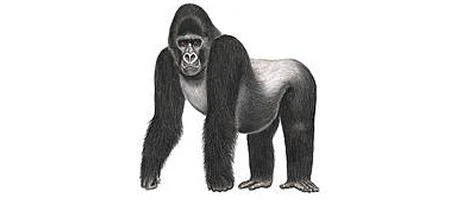Twenty-five species of primate are now close to extinction, according to a report released at the UN’s Convention on Biological Diversity.

Nine originate from Asia, six from Madagascar, five from Africa and five from the Neotropics. Some are appallingly close to the brink, such as the Pygmy Tarsier (Tarsius pumilus) of southern and central Sulawesi, with just three individuals captured inside the Lore Lindu National Park and one observed in the wild.
Madagascar’s lemurs are severely threatened by habitat destruction and illegal hunting – which has accelerated dramatically since the change of power in the country in 2009, says the report.
The rarest lemur, the Northern Sportive Lemur (Lepilemur septentrionalis), is now down to 19 known individuals in the wild.
“Once again, this report shows that the world’s primates are under increasing threat from human activities. Whilst we haven’t lost any primate species yet during this century, some of them are in very dire straits,” says Dr Christoph Schwitzer, Head of Research at the Bristol Conservation and Science Foundation (BCSF).
“In particular, the lemurs are now one of the world’s most endangered groups of mammals, after more than three years of political crisis and a lack of effective enforcement in their home country, Madagascar. A similar crisis is happening in South-East Asia, where trade in wildlife is bringing many primates very close to extinction.”
More than half the world’s 633 primate species and subspecies with known conservation status are now classified as threatened, mainly because of habitat destruction, hunting for food and the illegal wildlife trade.
However, there is some good news: no primate species was actually lost in the twentieth century, or so far in the twenty-first – although some afre very close.
Several species have been removed from the danger list, including India’s Lion-Tailed Macaque (Macaca silenus) and Madagascar’s Greater Bamboo Lemur (Prolemur simus).
“Amazingly, we continue to discover new species every year since 2000,” says Dr Russell Mittermeier, chair of the IUCN SSC Primate Specialist Group and president of Conservation International.
“What is more, primates are increasingly becoming a major ecotourism attraction, and primate-watching is growing in interest and serving as a key source of livelihood in many local communities living around protected areas in which these species occur.”






